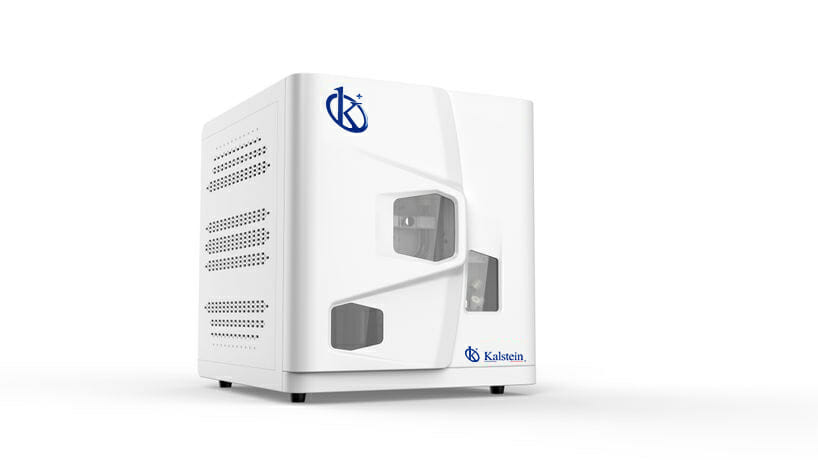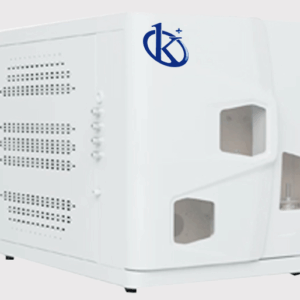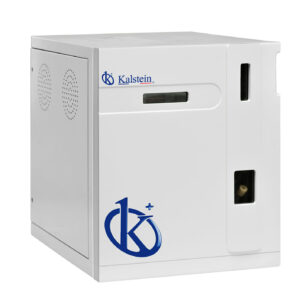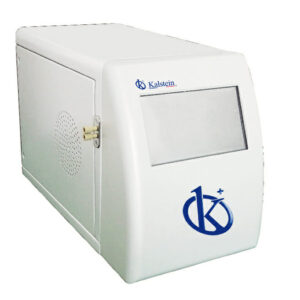Description
The Total Organic Carbon Analyzer YR04950-1 represents the pinnacle of precision in carbon measurement for diverse liquid samples. This technologically advanced instrument is equipped with a high-performance processor and a modular design that ensures easy operation and maintenance. Featuring an imported NDIR detector for exceptional sensitivity and stability, alongside advanced PID temperature control and precise gas flow management, this analyzer guarantees high measurement accuracy. Its three-stage dehydration technology optimizes drying efficiency, while automatic sample dilution, acid addition, and purging enhance user convenience. The analyzer’s innovative liquid path and flow control extend catalyst life, making it ideal for real-time monitoring of diluted and wastewater. The 680℃ catalytic oxidation technology using a Platinum catalyst is especially beneficial for seawater analysis. With optional features such as a 20-position autosampler, this analyzer is an invaluable addition to any laboratory setting. For an efficient and seamless experience, explore the advantages of requesting a tailored quotation through our Kalstein Plus platform.
Market Price
In the competitive field of Total Organic Carbon Analyzers, the price reflects the superior quality and advanced technology that these devices offer. While the market offers various choices, investing in the YR04950-1 ensures enhanced laboratory efficiency and improved analytical capabilities.
Frequently Asked Questions
- What types of samples can the YR04950-1 analyze? This analyzer is designed for liquid samples, making it ideal for applications across environmental and industrial sectors.
- Is software included with the analyzer? Yes, multi-functional PC software is included to manage operation modes and create personalized standard curves.
- How does the autosampler improve the analysis process? The 20-position autosampler option significantly reduces time and labor by automating sample feeding.
Advantages and Disadvantages
Advantages: It offers high sensitivity and stability backed by the NDIR detector, a modular design for effortless maintenance, and real-time monitoring capabilities. Disadvantages: The initial investment can be high, and the operation requires high-purity oxygen gas.
Field Application
The YR04950-1 is perfectly fitted for laboratories conducting Total Organic Carbon analyses on water and wastewater samples. Its real-time wastewater monitoring feature is fundamental for environmental compliance testing. The reliability of the high-temperature combustion method ensures credible results even in complex samples like seawater.
Recommendations
To achieve optimal performance, regular maintenance and timely replacement of consumables are advised, with reminders managed by the built-in system. Adequate training on the PC software will enhance the efficiency and precision of your analyses.
Features
- NDIR detector for enhanced sensitivity.
- Real-time monitoring of water samples.
- Modular and user-friendly design.
- High-temperature catalytic oxidation for diverse sample types.
Technical Specifications
| Model | YR04950-1 |
| Detector | NDIR |
| Parameters | TC, TIC, TOC, NPOC |
| Method | High Temperature Combustion |
| Operation Mode | PC Software Controlled |
| Application | Liquid Sample |
| Gas Requirement | Oxygen≥99.995% |
| Measurement Range | 0-30000mg/l (ppm) |
| Power | AC220V, 50Hz or AC110V, 60HZ, 200W |
| Size | 450*500*480mm |





